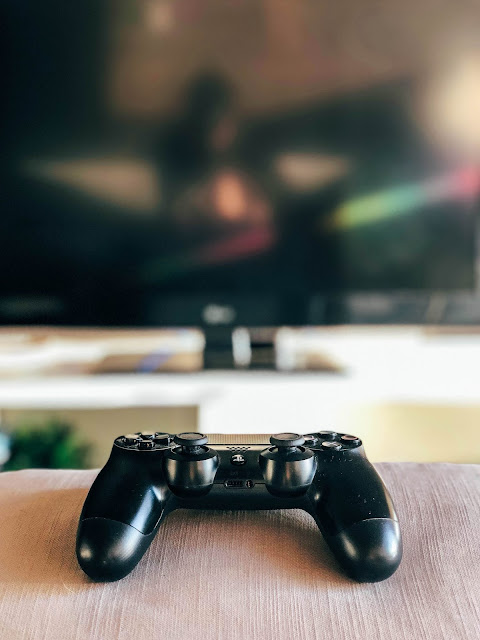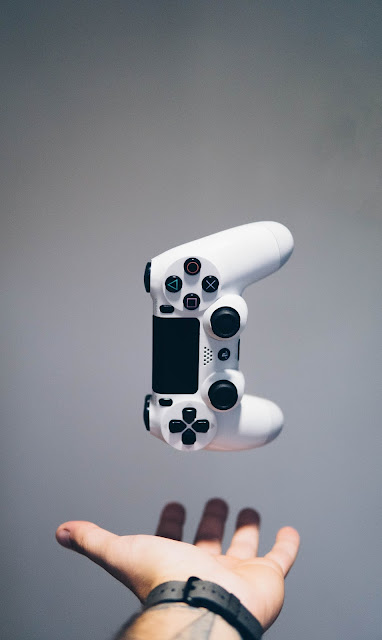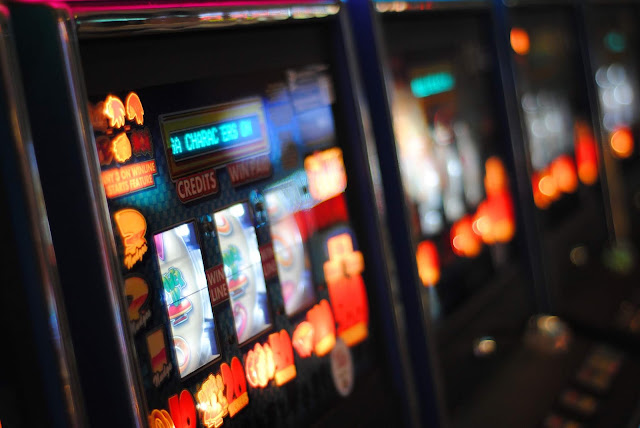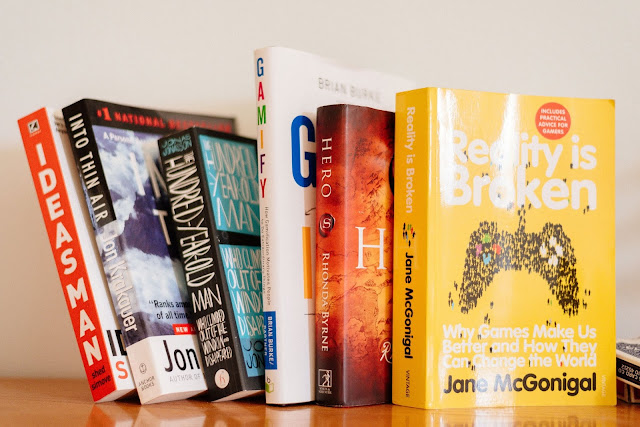Research on gameful design
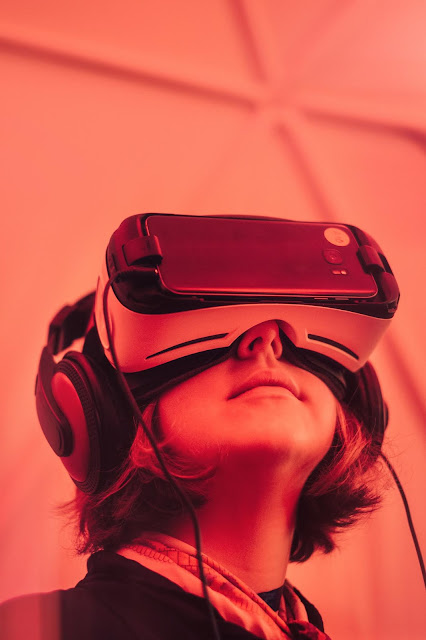
Gamification: Toward a Definition Ref: Gamification: Toward a Definition ; Sebastian Deterding, Rilla Khaled, Lennart E. Nacke, Dan Dixon. Photo by Samuel Zeller on Unsplash I was reading the above mentioned paper regarding the term of gamification and its definition. I found some really interesting lines that I would like to share as notes. "A working definition of the term gamification is the use of game design elements in non-game contexts." I find this sentence pretty laconic, with a clear meaning and really interesting the fact that there is not any clue or reference to the the term of play, which unfortunately is often misinterpreted! Actually, the writers mention it nicely and clearly while analyzing the definition few paragraphs below, that "…we are talking about elements of games, not of play." Moreover, I found also interesting the approach of the terms play and use in the following quote regarding the term of element within t

